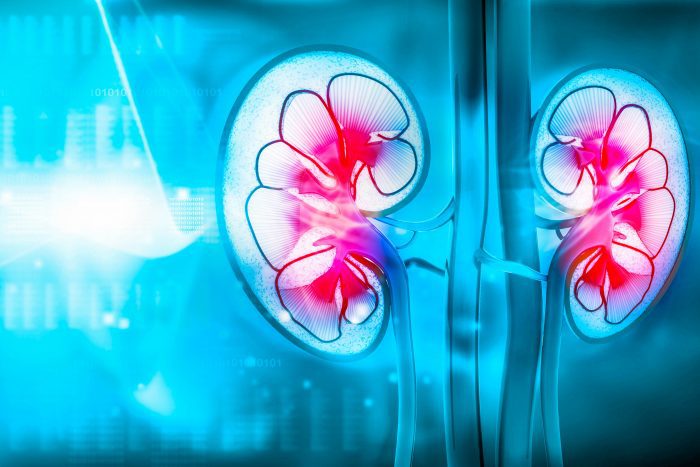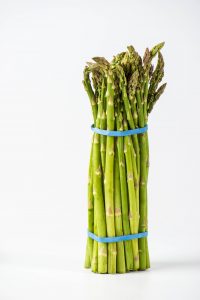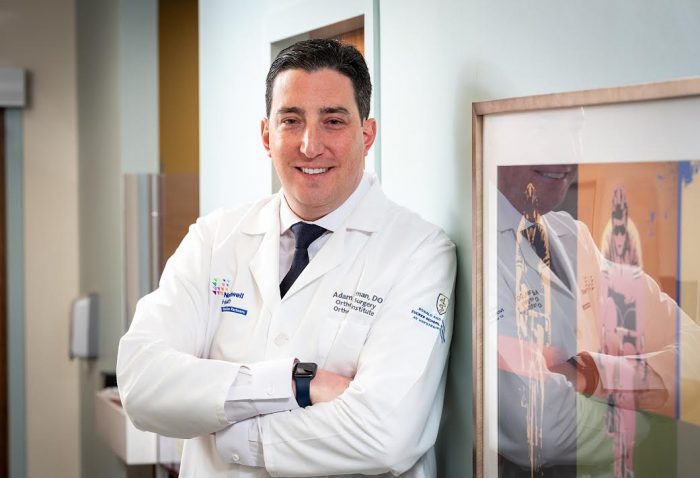By Barbara Anne Kirshner
Mention Steel Magnolias to anyone and the overwhelming response is, “Oh, I love that show!” It’s easy to see how this dramedy continues to be a fan favorite and Theatre Three’s production serves up an inviting dose of southern charm.
Playwright Robert Harling wrote this play as a tribute to his diabetic sister who died way too soon from kidney failure. She had been warned by doctors that childbirth could be dangerous to her health, but she ignored all warnings and gave birth, then died before her son reached school age. Harling first recounted this event in a short story as a catharsis, then adapted it into the play and eventually into the highly successful film.
To make this play shine, just the right actresses must be cast in these demanding roles so director Mary Powers dipped into the treasure trove of Theatre Three regulars to fill some of these roles. This resulted in a gifted ensemble that brings just the right mix of pathos and comedic timing.
Steel Magnolias brims with witty one-liners as it navigates through two years in the lives of six tightly-knit small-town women who share life’s ups and downs together. Set in the fictional Parish of Chinquapin, Louisiana, at flamboyant Truvy’s in-home beauty parlor, this shop doubles as the meeting place for the women of this town.
Truvy (Stephanie Moreau) has just hired shy Annelle, a beauty school graduate, as her assistant. Truvy’s first lesson is, “There is no such thing as natural beauty. Remember that or we’re out of a job.” Moreau’s Truvy exudes sunshine even when offering direction and support to Annelle played by Christine N. Boehm who delivers a dynamic performance as the insecure new kid in town who transforms into a spiritual and secure presence.
It is Shelby’s wedding day and she wants her hair styled in the fashion of Grace Kelly. Michelle LaBozzetta’s Shelby is as optimistic and bubbly as her favorite color pink, or as she likes to call it “blush and bashful,” but with a mind as determined and strong as steel. Nothing will stand in her way of accomplishing her deepest desire of becoming a mother, despite the warnings of her doctor that childbirth could be fatal.
Clairee, the widow of the former mayor, is played with gusto by Marci Bing. Clairee thrives on town gossip at the salon and she has some of the wittiest lines in the show like, “The only thing that separates us from the animals is our ability to accessorize.” That line can only be topped by her declaration, “If you can’t say anything nice about anybody, come sit by me.” Bing is a joy as the outspoken Clairee who flings quips into the air letting them land where they may.
Truvy has given Annelle the task of styling the hair of M’Lynn, the mother of the bride. Linda May’s M’Lynn has her comedic moments like when describing Shelby’s choices for church décor declaring, “That sanctuary looks like it’s been hosed down with Pepto Bismol.” M’Lynn is the voice of reason but gets frustrated by her daughter’s reckless choices. May ultimately tears us apart with her motherly heartbreaking monologue.
Making a booming entrance is Ginger Dalton as Ouiser, the town curmudgeon. From the start, she is ranting, at first over Shelby’s father who has been shooting at birds and has stripped the blossoms from their shared magnolia tree. Dalton is hilarious with one liners like, “I’m not crazy! I’ve just been in a very bad mood for 40 years.”
These six indomitable magnolias show they have the steel that will get them through anything.
Jason Allyn’s costumes give definition to the characters from Truvy’s glitzy smocks to Shelby’s signature pinks to Ouiser’s practical denim. He illuminates the Christmas scene with outfits of reds, greens, whites and sparkles. Lindsay DeFranco’s wig design is reminiscent of 80’s big hair piled high and teased or waste length.
Randall Parsons conveys a nostalgic 1980’s feel to Truvy’s beauty salon with its mint green backdrop and thick white moldings. The three entrances make it easy for the actresses to maneuver effortlessly around the set and creates smooth transitions from one scene into the next. James Taffurelli’s properties compliment Parsons’ set with sheer curtains, beauty salon chairs strategically placed center stage and Truvy’s signature sparkles.
Powers confided that Steel Magnolias was originally set for the spring of 2020 but never opened when the world shut down due to COVID. Luckily, the original cast was able to reunite for this production. Maybe that’s why we believe the poignant friendships of these memorable women.
Theatre Three, 412 Main St., Port Jefferson presents Steel Magnolias through May 7. Tickets are $35 adults, $28 seniors and students, $20 children ages 5 to 12. To order, call 631-928-9100 or visit www.theatrethree.com.






























